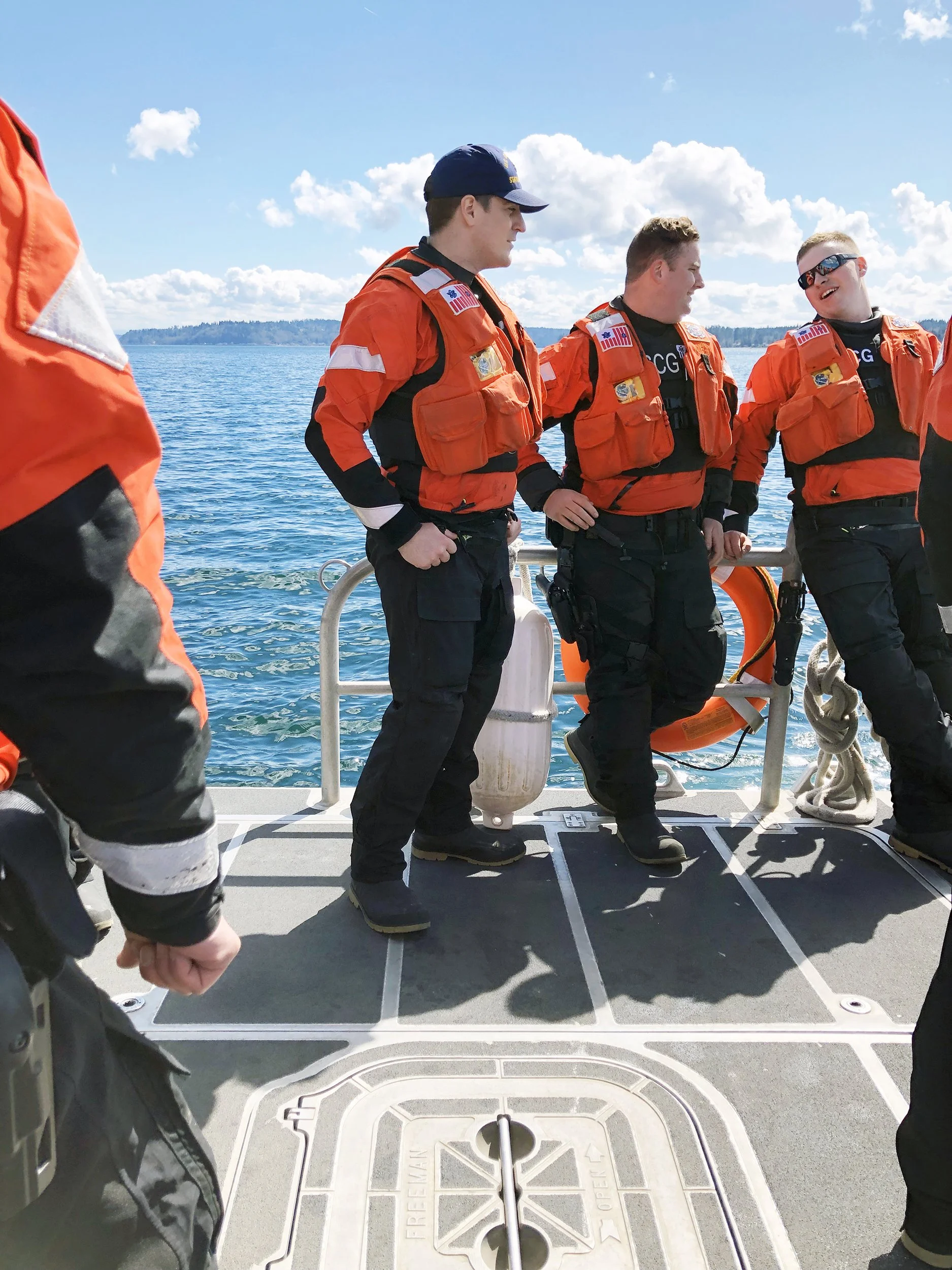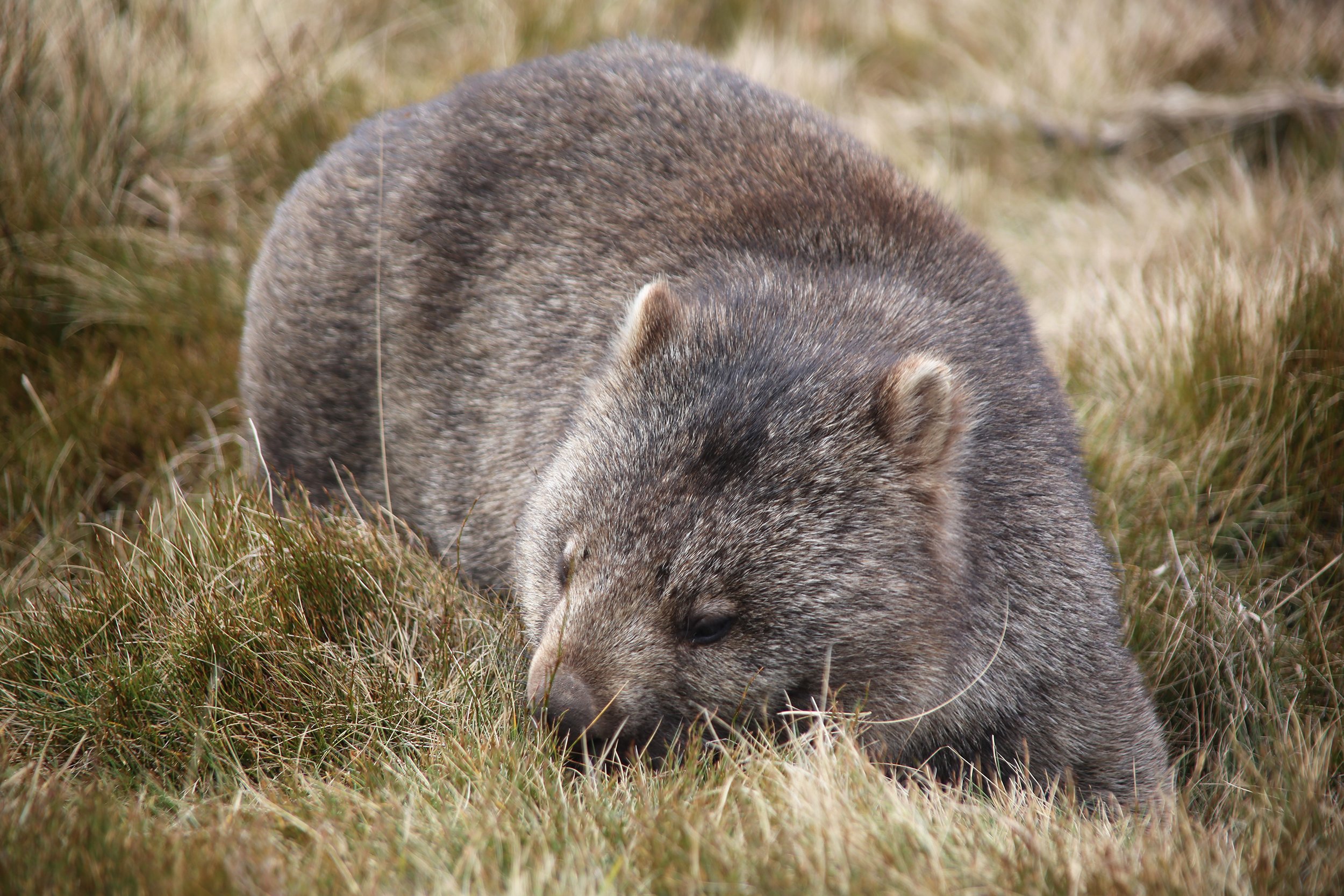The Extensive Research
Behind AARA
AARA was initiated as a fairytale-like short story and sketch created during my battle with cancer. As a comic book written in 2024, the current version of AARA is based on my research since 2017.
Subjects researched for the project AARA include (1) U.S. Coast Guard; (2) albinism; (3) wombats; (4) additional scientific research for meteorites, AI, etc. Moreover, the “2018 Nautilus Expedition”, “the first intentional hunt for a meteorite at sea, led by scientists from NOAA, NASA, and the Ocean Exploration Trust,” was also a miraculous event for me that provided a significant reference for the story’s already-set concept.
Interviews with the Coast Guardsmen
(1) U.S. Coast Guard
An Author Assistance Agreement was established between the U.S. Coast Guard and me in 2019 as an individual without an agent or publisher attached. Exemption from those prerequisites is exceptional—they loved my art and the idea of the story (“Aystra” was the working title at the time). I visited Base Seattle in March, May 2019, and April 2021, and their station in Astoria, conducting interviews with many Coast Guard members and more than 50 officers, including captains. Touring through ships like Alex Haley and Polar Star eventually led me to USCGC Healy, the U.S.’s largest icebreaker, which carries out scientific research missions to the Arctic and various parts of the world. I based the fictional cutter Aurora mainly on this ship while combining some designs from the other vessels.
V PA3 Amanda Norcross and A ENS Trevor Layman mainly assisted with the research and later helped edit the script's USCG portion. They all volunteered without compensation but enthusiastically because they saw great value in my project. Officers in various fields within the Coast Guard community also directly contacted me to provide their expertise.
Throughout AARA, the Coast Guard aids the journey with their search-and-rescue missions and environmental protection programs, which are present in real life. According to our contract, I’ve strived to represent the best of them, which will raise public awareness of their excellent work.
Meeting with Bibiana & Tindi to learn about albinism
(2) Albinism
Given that the public is used to seeing and feeling very close to cute animals, the narrative of AARA is structured so that the cute albino Wombat protagonist invites the reader to embrace both the concept of albinism and the science of it. Throughout the journey, the reader will meet Zuri and learn about the crucial issues facing African countries regarding albinism; then, more people with albinism in different countries are introduced to give a broader sense of how they each cope with their albinism so that the reader will have a chance to comprehend albinism on a global scale through a portion of AARA.
From 2017 to 2019, I met with Tindi and Bibiana Mashamba, Tanzanian sisters with albinism, through the African Millennium Foundation, and vocalist and advocate Marleena Barber through NOAH (National Organization of Albinism and Hypopigmentation). The meetings inspired me to include actual people with albinism to stand up for their cause so that the Wombat with albinism won’t be the only character and raise awareness. Since then, I’ve researched further and talked to more people with albinism from various countries, along with the activists and experts behind the movement to stop violence against people with albinism in Africa.
My research includes Dr. Rebecca Kammer’s Albinism in Africa textbook, photographer Franck Vogel’s work from Zeru, Zeru – Being Albino in Tanzania and his article “Albino Killings” in Bizarre Magazine, a chat with author Jun Prince, a conversation on a Facebook albinism community page, surveys that I created to collect more information from people with albinism, and interviews with the listed individuals. These were the primary sources on which the story’s section on albinism is based.
Wombat encounter in Cradle Mountain, Australia
Albino wallaby encounter in Tasmania, Australia
(3) Wombats
During September 2018, I traveled to Australia and visited the Australia Zoo in Beerwah, Queensland, to interview the wombat experts there while experiencing their animal encounter program. I’ve also visited libraries and their branches in various cities, traveling by train, mainly the libraries of University of the Sunshine Coast, scattered across many cities; city libraries; and the State Library of Queensland. I also contacted the National Library of Australia and even visited museums such as Queensland Museum to obtain as much research data as possible, including papers, illustrations, images, and books related to the bare-nosed common wombat.
Then I traveled to Tasmania, Australia, to observe and photograph wild wombats myself with professional equipment, visiting Bakers Beach and Cradle Mountain. An albino wallaby stuck around the secluded cottage of Narawntapu National Park where I was staying for two days straight, and I took this as an encouragement.
I’ve also consulted two wombat experts: Dr. Mike Swinbourne, a professor at the School of Earth and Environmental Sciences of the University of Adelaide, and Dr. Scott Carver, a lecturer in wildlife ecology at the University of Tasmania. They helped me shape AARA and her behavior as a wombat in different circumstances throughout the book.
Traveling to Smithsonian Museums in Washington, D.C.
(4) Additional Research
Extraordinary real-life events like actual meteorite fragments falling onto the Washington coast (“the largest recorded meteorite to strike the United States in 21 years fell into NOAA’s Olympic Coast National Marine Sanctuary”) and the EV Nautilus's expedition to retrieve them in 2018 provided me with helpful references, relying on an article published by The Seattle Times, in which a NASA scientist explained that “it will be the first time anyone has recovered fragments of a known meteor from the ocean bottom.” In my story, AARA, the fictional cutter Aurora also searches for fallen fragments of meteorites in the ocean, and obtaining a real-life reference for the fictional expedition was crucial. I discovered the article after completing the main worldbuilding - having already set the meteorite expedition in the ocean near the underground city of Seattle and the Pacific Ocean. The fact that there’s an actual underground city in Seattle was another synchronizing coincidence discovered later, and I’ve also taken the tour to observe it afterward.
Additionally, I’ve frequently visited museums, such as the Griffith Observatory in California and the Smithsonian Museums in Washington, DC, including the National Museum of Natural History and National Air and Space Museum, for their meteorite collection and general space science knowledge.
Several books and research helped me with the worldbuilding of AARA, such as Superintelligence by Nick Bostrom, surveys consisting of predictions from AI experts, and predictions by researchers from institutions such as the University of Washington that climate refugees will ultimately migrate to the Pacific Northwest.




